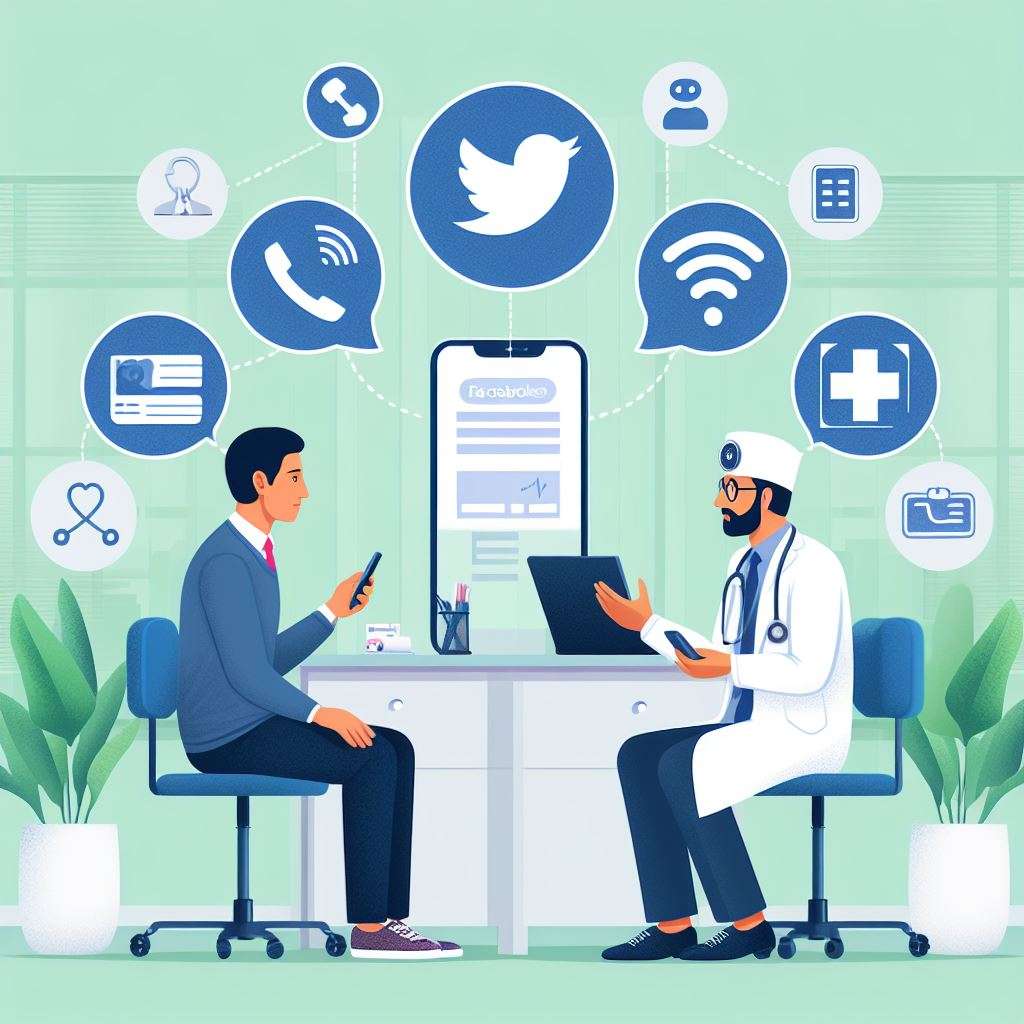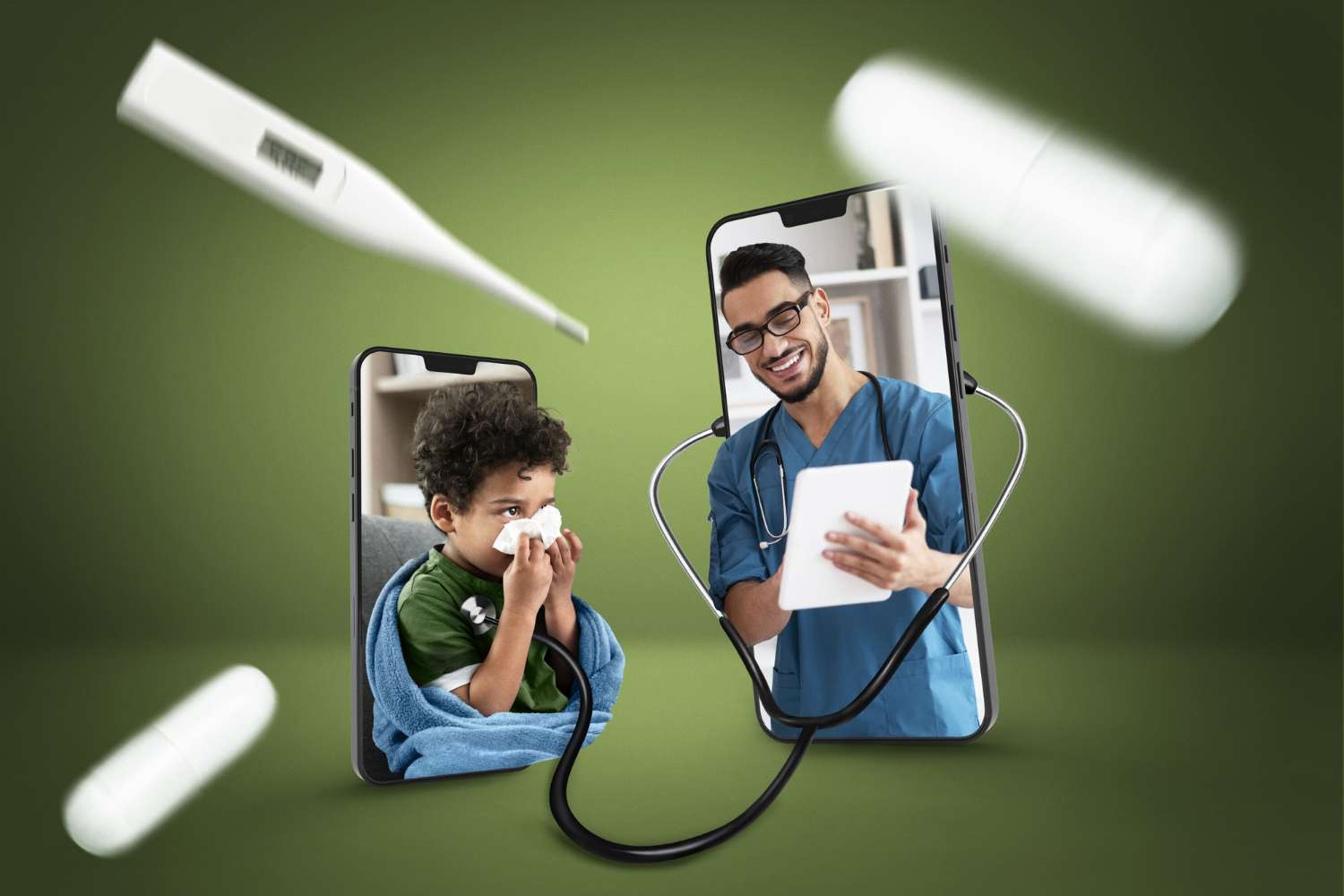Introduction to the Digital Age:
Living in the 21st century, we find ourselves immersed in the Digital Age, an epoch defined by the pervasive influence of technology in every facet of our lives. From the moment we wake up to the sound of a smartphone alarm to the nightly ritual of scrolling through social media feeds, our existence is intricately intertwined with digital devices. The Digital Age has revolutionized the way we communicate, work, and entertain ourselves, presenting both unprecedented opportunities and unique challenges. In this era of constant connectivity, understanding the impact of technology on our well-being becomes paramount, as we navigate the complex landscape shaped by the digital advancements that surround us.
The Physical Toll of Prolonged Screen Time:

As we seamlessly transition from one screen to another throughout the day, the physical toll of prolonged screen time becomes increasingly evident. The prevalence of digital screens, whether on laptops, tablets, or smartphones, has led to a surge in musculoskeletal problems and postural issues. Hours spent hunched over screens contribute to poor posture, resulting in discomfort and pain. Moreover, the strain on our eyes from prolonged exposure to screens has given rise to a phenomenon known as digital eye strain. From eye fatigue to headaches, the physical implications of our modern screen-centric lifestyle underscore the need for a closer examination of our digital habits and their impact on our physical well-being.
Digital Eye Strain: Symptoms and Solutions:
In the era of digital dominance, where screens are an integral part of our daily lives, the prevalence of digital eye strain has become a notable concern. Recognizing the symptoms is the first step toward addressing this issue. Individuals may experience a range of discomforts, including dry eyes, headaches, blurred vision, and neck or shoulder pain. The prolonged focus on screens, exposure to blue light, and reduced blinking contribute to these symptoms. Fortunately, there are practical solutions to alleviate digital eye strain. Implementing the 20-20-20 rule—looking at something 20 feet away for 20 seconds every 20 minutes—can reduce eye strain. Adjusting screen brightness, using anti-glare filters, and practicing conscious blinking are additional strategies to promote eye health in the face of our screen-dependent lifestyles.
Sleep Disruption in the Smartphone Era:
The smartphone, a ubiquitous companion in the modern age, has inadvertently become a potential disruptor of our sleep patterns. The glow of screens emitting blue light can interfere with the body’s natural production of melatonin, the hormone responsible for regulating sleep. As we engage with our smartphones before bedtime, scrolling through social media or responding to messages, we may unknowingly contribute to sleep disturbances. The artificial stimulation from screen exposure tricks our brains into remaining alert, making it harder to transition into restful sleep. Exploring the impact of sleep disruption in the smartphone era is crucial for understanding the importance of establishing bedtime routines that prioritize relaxation and screen-free moments. Implementing tech-free zones in the bedroom and adopting digital curfews can pave the way for improved sleep hygiene in the digital age.
Social Media and Mental Health:

The rise of social media has redefined how we connect and share, yet its impact on mental health has come under scrutiny. The constant exposure to curated images and life updates can contribute to feelings of inadequacy, anxiety, and even depression. Comparisons to others, cyberbullying, and the pressure to conform to societal standards can all play a role in influencing mental well-being. Understanding the intricate relationship between social media use and mental health is essential for fostering a healthier online experience. Implementing conscious use, setting boundaries, and promoting positive interactions can help mitigate the potential adverse effects, allowing individuals to engage with social media more mindfully and beneficially.
FOMO in the Digital Age: Psychological Effects:
In the Digital Age, the Fear of Missing Out (FOMO) has become a prevalent psychological phenomenon. The constant stream of updates on social media platforms fuels a sense of urgency to participate in every event or trend, creating anxiety and stress for those who feel left out. Understanding the psychological effects of FOMO involves exploring the impact on self-esteem, social relationships, and overall mental well-being. Strategies to cope with FOMO include practicing mindfulness, setting realistic expectations, and focusing on genuine connections rather than the fear of missing out on every online event.
Digital Detox: Unplugging in a Plugged-In World:
In a world that thrives on constant connectivity, the concept of a digital detox has gained significance. Unplugging from technology, even temporarily, has become a necessity for maintaining mental and emotional well-being. The relentless barrage of notifications, emails, and social media updates can contribute to feelings of overwhelm and burnout. Engaging in a digital detox involves intentionally stepping back from screens, allowing for a reset and rejuvenation of the mind. Strategies for a successful digital detox include setting designated tech-free periods, spending time in nature, and cultivating hobbies that do not involve screens. By consciously unplugging in this plugged-in world, individuals can reclaim a sense of balance and prioritize their mental health in the face of digital saturation.
The Positive Side: Technology for Enhanced Mental Health:
While concerns are often raised about the negative impact of technology on mental health, it’s crucial to explore the positive side. Technology offers a range of tools and resources that can actively contribute to enhanced mental well-being. From meditation apps guiding users through mindfulness exercises to mood-tracking applications helping individuals monitor their emotional states, technology has the potential to be a valuable ally in the pursuit of mental health. Virtual therapy platforms and online support communities further break down barriers, providing accessible resources for those seeking professional help or peer support. Recognizing and embracing these positive aspects allows us to harness technology as a force for good in promoting mental health and emotional resilience.
Setting Boundaries: Healthy Tech Habits for Families:
In the age of smartphones and constant connectivity, establishing healthy tech habits within families is essential. Setting boundaries around screen time and digital engagement not only fosters healthier relationships but also ensures that technology complements, rather than dominates, family life. Parents can lead by example, demonstrating responsible tech use and creating designated tech-free zones or times for family activities. Open communication about the potential risks and benefits of technology helps cultivate a shared understanding within the family. By collaboratively establishing guidelines, families can navigate the digital landscape together, creating an environment where technology enhances rather than hinders the bonds that connect them.
The Future of Technology and Health:
As technology continues to evolve at a rapid pace, its future implications for health are both promising and complex. Innovations such as wearable health monitors, telehealth services, and artificial intelligence in healthcare hold the potential to revolutionize how we approach wellness and medical care. However, ethical considerations, data security, and the potential for increased dependency on technology are also critical aspects to explore. Understanding the trajectory of technology and health requires a nuanced examination of current trends and a thoughtful consideration of the balance between innovation and the preservation of holistic well-being. By anticipating challenges and proactively shaping the integration of technology into healthcare, we can strive for a future where technological advancements contribute positively to the overall health of individuals and communities.
Conclusion:
In the ever-evolving Digital Age, where our lives are seamlessly entwined with technology, our exploration into the impact on physical and mental health has unveiled a complex tapestry. From the introduction to the pervasive influence of the digital era to the physical toll of prolonged screen time and the intricate challenges posed by social media, our journey navigated both the shadows and the light cast by our digital companions. As we uncovered the psychological effects of FOMO and delved into the therapeutic potential of technology for mental health, a theme of setting boundaries emerged, emphasizing responsible tech habits for families and the need for mindful digital detox. Looking ahead, the promise and challenges of the future beckon, urging us to integrate technology thoughtfully into healthcare while preserving the delicate balance between innovation and holistic well-being. In this narrative, the call is for a nuanced, conscious approach—a harmonious coexistence where technology enriches rather than detracts from our collective health and well-being.
